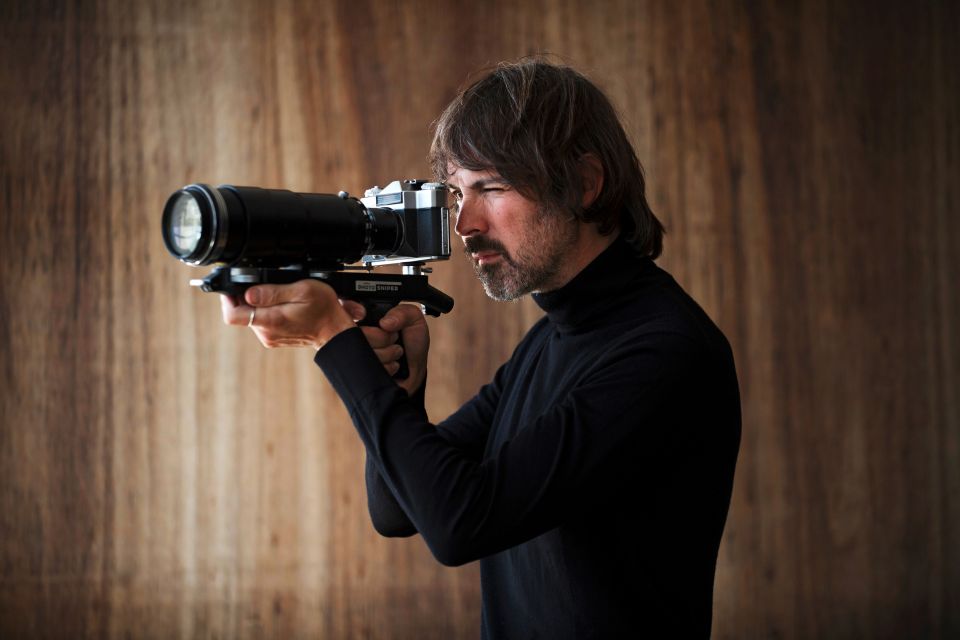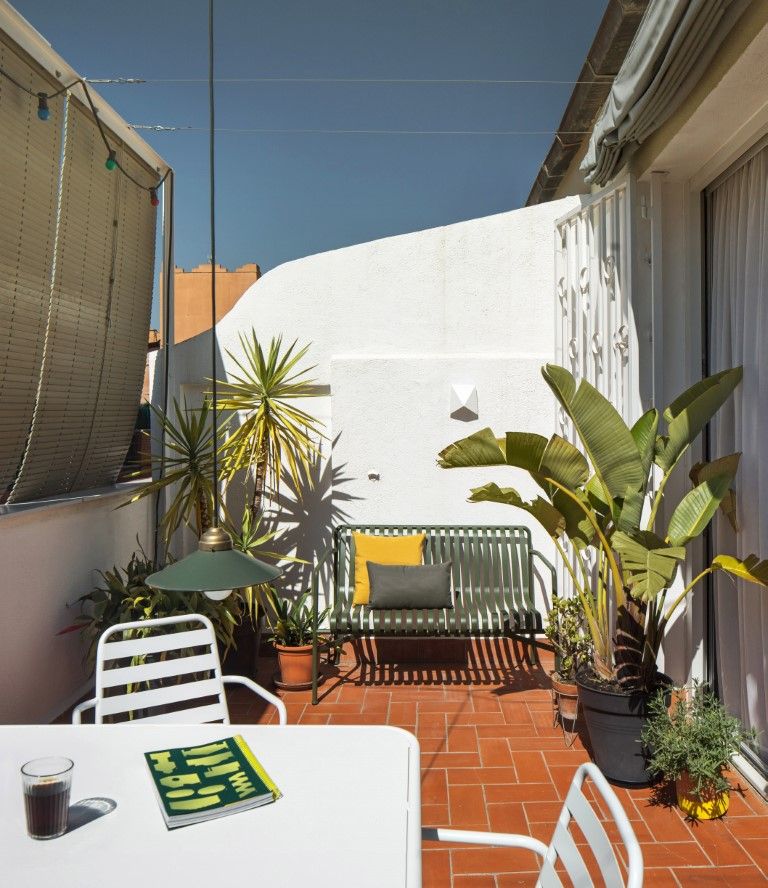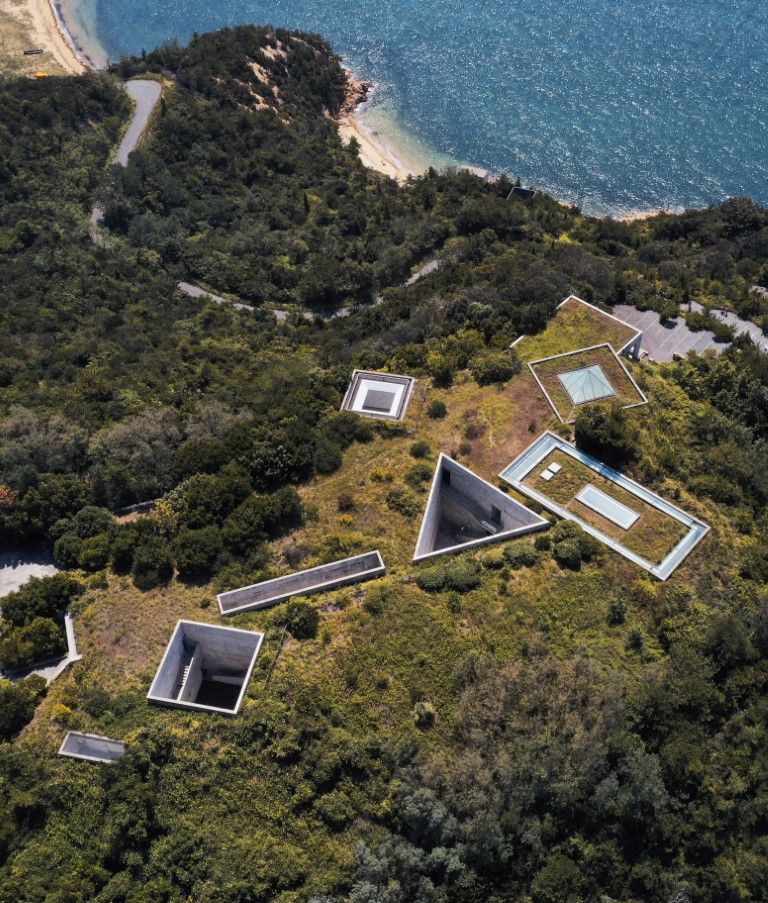Disciplines often create and enrich each other. And, in fact, it could even be said that they reproduce each other. If architecture were a photographer, surely the most complete result would be in Pol Viladoms (@polviladoms on Instagram). With his mental sensor he captures, without filters, the vision and architectural formation with an accurate and timeless technique and composition. His photos are the privileged boundary between work and pleasure, and he makes the possible to capture the best angleby land, sea and air. In this interview we discover his influences and he opens the doors of his house, which is a faithful portrait of his eclecticism and style.

Tell us about yourself and your work. Where did your vocation begin? Any early memories?
My father has always been passionate about photography. I grew up surrounded by cameras and I have many memories of being a child with machines in my hands. When I had to choose my studies I opted for architecture because, in the literal words of my father, "you won't learn anything at a photography school". Fortunately, over time I have been able to combine architecture and photography and make it my profession.


What do you enjoy most about your job? Is there a job you are particularly proud of?
As an architect I enjoy the opportunity to visit architecture and photograph it. I recognise myself very much in the phrase of J. Shulman, who said: "for every person who visits a house, 10,000 only see the photographs". I feel that I am privileged. Another thing I like about my job is that I can often change scenery. The routine of the non-routine. It's difficult for me to stick to one specific job. As a friend of mine says: "there are no shortcomings but missed opportunities".
How is your creative process? What are your sources of inspiration? Any special music while you work?
The truth is that I work in a very intuitive way, without pre-established rules, I let myself be carried away by the place where I am. I'm inspired by many photographers like this one Edward Burtynsky o Nadav Kander. While I work at school I often listen to the radio. I never miss "La Competència" (Òscar Dalmau i Òscar Andreu a RAC1).
"Another thing I like about my job is that I can often change scenery. The routine of the non-routine".
Favourite colour, book, film and record. In that order! ;D
The conspiracy of foolsby John Kennedy Toole.
Blade Runnerby Ridley Scott.
Give Upby The Postal Service.
Does your home reflect who you are? Tell us what it smells like, your favourite spot, your favourite decorative object or piece of furniture, if you treasure a collection... And if you have a pet, introduce it to us!
Totally. Casa meva is a mash-up of things a bit eclectic, each one with its own story that I have collected from here and there: a piece of Carrara marble, a 4-metre Koinobori from a market in Osaka... all mixed with other design objects such as a McIntosh teak sideboard from the 60's, a Braun radio by Dieter Rams, a Safari chair, etc. Nowadays the house still smells of wood.


If you could buy anything right now and take it home, what would it be? Anything!
You see the sea!
A "planazo" at home always includes...
Friends, something grilled on the terrace and a gintònic.

Do you have any star plat?
The potato truffle! It fascinates me how so much can be done with so little.
Where is your favourite place in your city? And abroad?
Where I live, Gràcia. A neighbourhood with almost no cars, full of shops, good places to have a drink and local businesses. Abroad it is difficult to choose. I would choose one of the last places I visited: Naoshima, a small island in Japan. A very unique place full of museums and works of art in the middle of the landscape. Not to be missed.

Disciplines often create and enrich each other. And, in fact, it could even be said that they reproduce each other. If architecture were a photographer, surely the most complete result would be Pol Viladoms. His mental sensor captures, without filters, the architectural vision and training with an accurate and timeless technique and composition. In this interview we discover his influences and he opens the doors of his house, which is a faithful portrait of his eclecticism and style.


